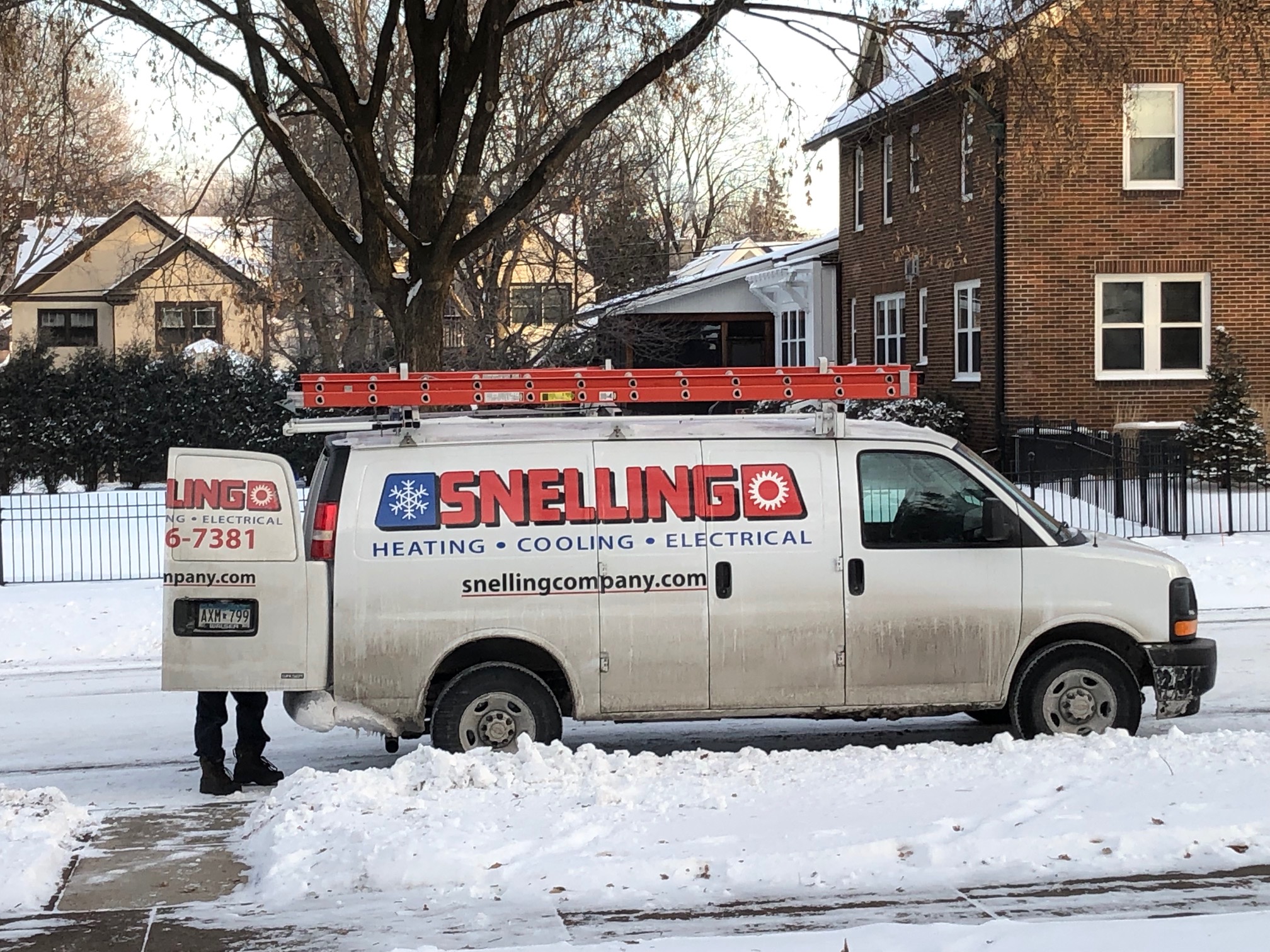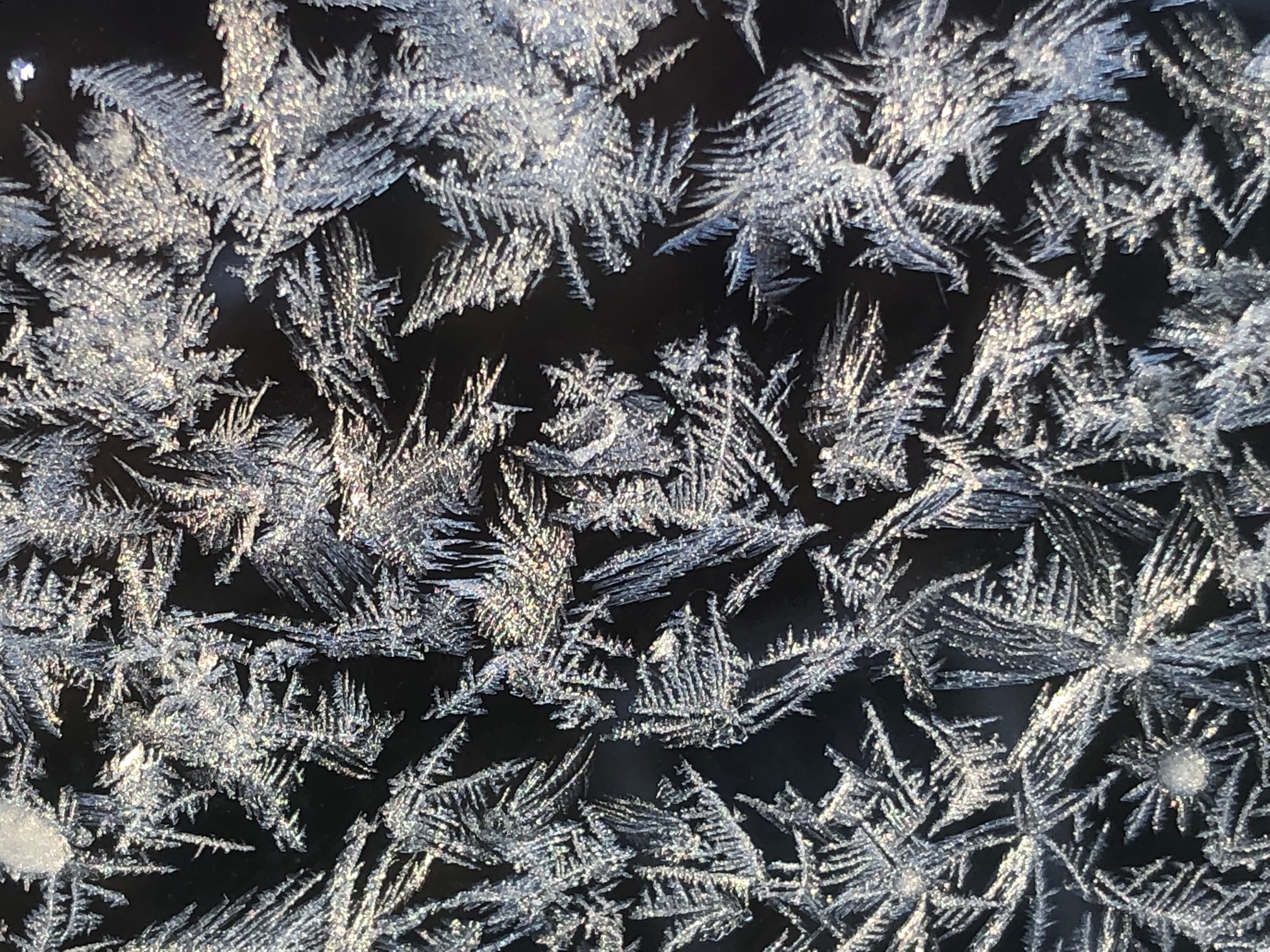For those of you who read my blog, you know that periodically I go for a stretch without posting. It’s not that there’s nothing to write about. If I’m deep into work on my memoir, I’m less inclined to write here. Lately, life has been pulling me in many directions, and it feels as if there’s almost too much to reflect on. What follows is more patchwork than whole cloth.
The Zen of the Y
This past summer, I trained for my hiking trip to the Canadian Rockies. I went regularly and worked a plan. My goal was to be physically able to hike each day and enjoy it. I didn’t look beyond the trip. But when I returned, I realized I missed going to the Y. Not the getting up and out the door at 5:30 a.m. part, but how I felt during and after a workout. Without realizing it, going to the Y has become a life habit, which for me means moving and staying flexible so as to meet aging on somewhat even terms.
Besides learning about the Bosu, kettlebells, and the TRX, I look forward to seeing the “regulars.” Margaret (we’re Tuesday, Thursday, Saturday gals) gives me her latest movie recommendation and chides me for being lazy if I miss a day or arrive after 6 a.m. Tony, a Monday through Friday guy, cracks jokes as he alternates between machines and weights. Chris seems to live there, and is determined to keep off the 60 pounds he lost a year ago. And if I’m lucky, I see someone from church or the neighborhood.
At the Y we put our earbuds in and do our own thing. There’s no competition, no judgment, mostly encouragement and admiration, along with gentle teasing.
In a recent article on weight lifting that I happened upon: “The perennial wisdom traditions and decades of psychological research point to three basic needs that, when fulfilled, allow people to thrive.” They are autonomy, mastery, and belonging. So I keep going to the Y, where it is all about showing up.
Wisdom Ways
I just finished a four-session class on contemplative prayer offered at Wisdom Ways, a center for spirituality at St. Catherine University. Over the years I’ve dipped in and out of contemplative prayer, knowing just enough to be dangerous (as in falsely believing I “get” it and could do it anytime I want but am a bit busy now so check with me later), but not enough to make it a regular practice, like the Y.
The instructor, a former Episcopal priest, used passages from three Gnostic Gospels, Philip, Thomas, and Mary Magdalene. Again and again they invited us to participate (practice) in the search for truth, and to do so with the heart. I wasn’t the only one who came each week with an excuse why I didn’t have time to sit quietly for 30 minutes each day.
In Mary Magdalene: “The Son of Humanity already exists within you. Follow him there, for those who seek him there will find him.” In other words, we keep seeking what we already have, something it’s taken me more than 60 years to recognize.
Art for More Than Art’s Sake
As thirsty as I’ve been for physical and spiritual exercise, my mind has been challenged by various art forms. This fall the Pillsbury House Theatre presented “Jimmy and Lorraine: A Musing.” The playbill described it as a meditation on the American political climate of the late 50’s and early 60’s through the lens of two significant artists of the time, James Baldwin and Lorraine Hansberry. Both came to the Civil Rights movement through their art, but ultimately, politics and the black experience informed their writing. Can the two ever be separated?
I’ve discovered Kate Walbert’s novels (A Short History of Women) and short stories (She Was Like That), in which she explores the real lives of contemporary women and the struggles they face around work-life choices, having children, and relationships in painfully honest ways. Her bravery in naming women’s reality and avoiding predetermined narratives inspires me in my own cross-generational look at the women in my family.
A current exhibit of the work of Theaster Gates at the Walker reveals a man of broad artistic abilities who strives not only to reclaim and repurpose found objects that might otherwise be destroyed but also to salvage from history the stories that haven’t been told. (For a recent example, see the movie The Report.)
Two days earlier I heard Esi Edugyan, author of Washington Black, talk about how her own experience shaped the creation of her title character. Questions of displacement, identity, and belonging become more potent when looked at from the perspective of a young black boy who has only understood himself as a slave.
What does it mean to be at odds with the history before you, she asked, a history in which you aren’t represented and didn’t write the laws? “True agency,” Edugyan said, “is as urgent as love—and just as elusive.” Think about that, as I still am.
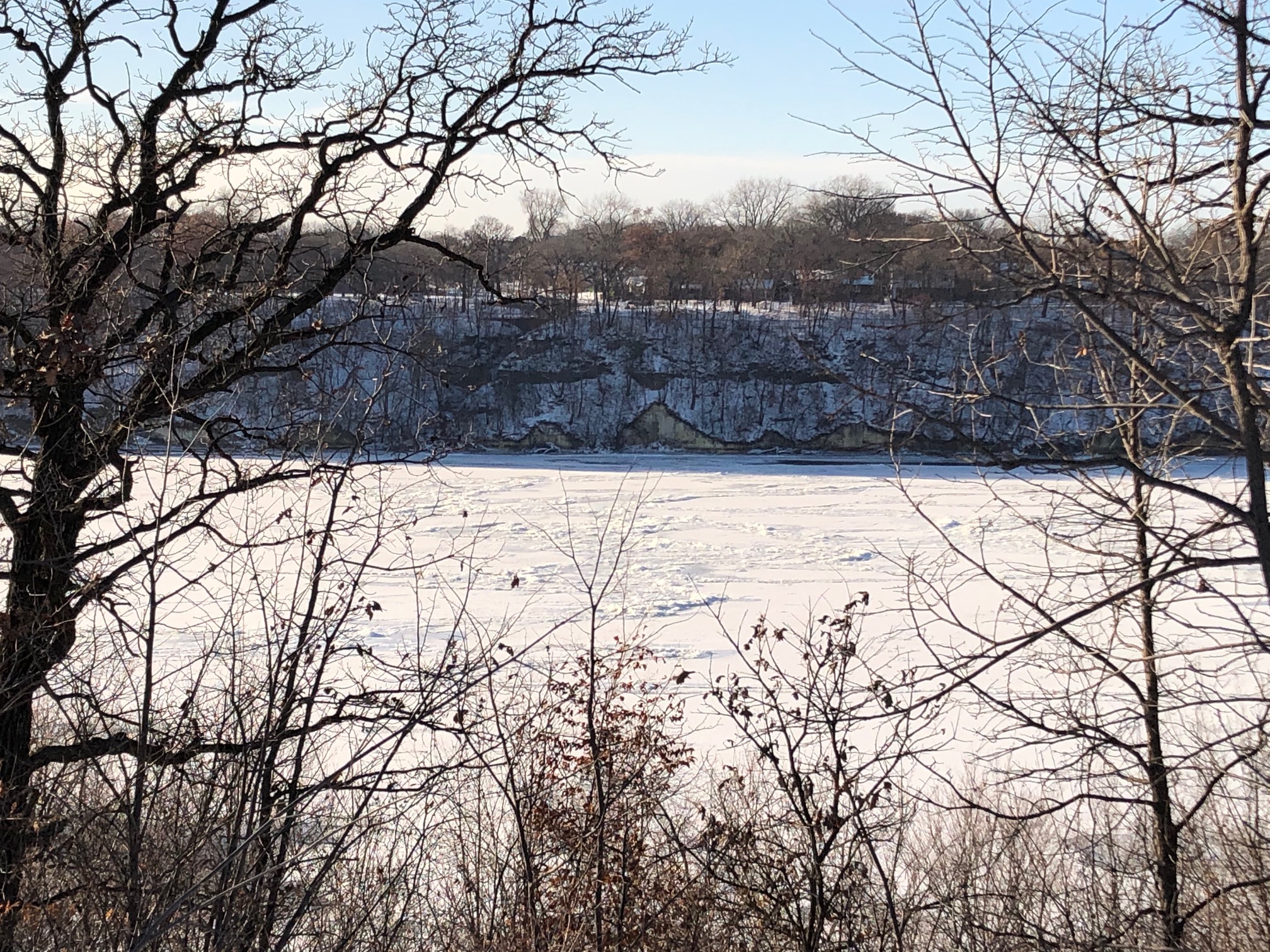
A Walk
When it warmed up enough this week to venture out for a walk, I headed down to the Mississippi River. I enjoy the view from along the bluff, where recently I’d seen a coyote at dusk. Already the river is frozen, locked down for the season. I’ve been feeling this same inertia, even stuckness as winter sets in.
I stopped and took in the vista, sensing there was something else to see, something I could only see with my heart. Beneath the white sheet of ice a river moved, living water, in perpetual transformation.










 Don’t wait, he was saying—fully aware that Covid has us in a chokehold—to redeem the soul of America. Don’t let death come before you make a difference.
Don’t wait, he was saying—fully aware that Covid has us in a chokehold—to redeem the soul of America. Don’t let death come before you make a difference. During our drive to Hawk Mountain a few hours north of the city, Andrew talked about the professional development session on race he was getting ready to lead with the teachers he coaches. Most of the teachers are white; virtually all of their students are kids of color.
During our drive to Hawk Mountain a few hours north of the city, Andrew talked about the professional development session on race he was getting ready to lead with the teachers he coaches. Most of the teachers are white; virtually all of their students are kids of color.

 House wrens aren’t particular. They build nests in any available space—cans, boots, boxes, even the leg of a pair of jeans hanging on a clothes line. Wrens don’t win awards for Best of Nest. Even my cedar box can’t contain the sticks jammed in kittywampus.
House wrens aren’t particular. They build nests in any available space—cans, boots, boxes, even the leg of a pair of jeans hanging on a clothes line. Wrens don’t win awards for Best of Nest. Even my cedar box can’t contain the sticks jammed in kittywampus. It was a 3-day silent retreat at the Sisters of Grandchamp, the sister community to the Brothers of Taize. I had never been on a retreat. T
It was a 3-day silent retreat at the Sisters of Grandchamp, the sister community to the Brothers of Taize. I had never been on a retreat. T
 Yes, I’m thrilled that my words made it into print. But the greater thrill was that I heeded the headline’s plea. I might not have even a year ago. I might have dismissed what I had to say before pressing send, talking myself out of the very act necessa
Yes, I’m thrilled that my words made it into print. But the greater thrill was that I heeded the headline’s plea. I might not have even a year ago. I might have dismissed what I had to say before pressing send, talking myself out of the very act necessa

 A favorite picture book when my children were young was A House Is a House for Me, by Mary Ann Haberman. After 35 years, the book is still in excellent condition, and not for lack of being read. Now it has become a favorite of my grandchildren. The text is minimal, pleasantly repetitive and rhyming. The illustrations are of ordinary things: drum, bag, kangaroo, coat, jack-o-lantern, egg, sandwich.
A favorite picture book when my children were young was A House Is a House for Me, by Mary Ann Haberman. After 35 years, the book is still in excellent condition, and not for lack of being read. Now it has become a favorite of my grandchildren. The text is minimal, pleasantly repetitive and rhyming. The illustrations are of ordinary things: drum, bag, kangaroo, coat, jack-o-lantern, egg, sandwich. To the south—4 windows wide—are, left to right, a walnut tree (much maligned by the neighbor who must clean up its nuts encased in rock-hard shells), an aging birch, and a sugar maple. In the foreground (my yard) is a hydrangea tree that offers its own fall blush.
To the south—4 windows wide—are, left to right, a walnut tree (much maligned by the neighbor who must clean up its nuts encased in rock-hard shells), an aging birch, and a sugar maple. In the foreground (my yard) is a hydrangea tree that offers its own fall blush.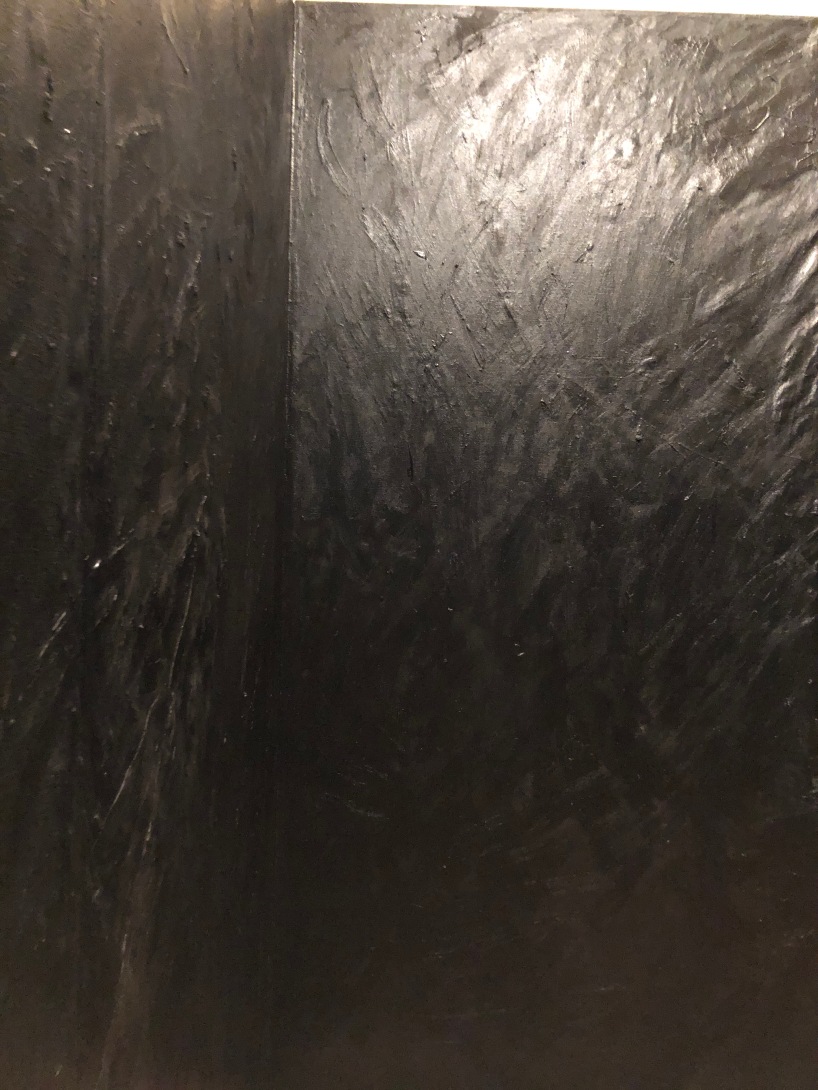
 Shahn saw beyond the alphabet’s functional purpose. He believed that letters hold a spiritual meaning as well. The alphabet represents nothing less than Creation itself, a way to feel intimately connected to God.
Shahn saw beyond the alphabet’s functional purpose. He believed that letters hold a spiritual meaning as well. The alphabet represents nothing less than Creation itself, a way to feel intimately connected to God.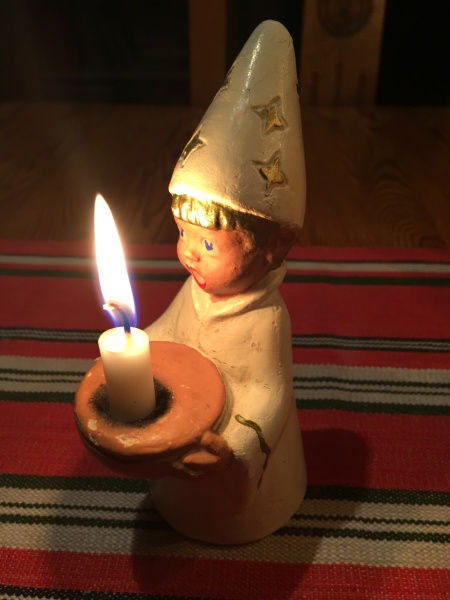

 Some of us made the steep climb to a secret lake tucked deep in the mountains, stopping along the way to view Takakkaw Falls, the tallest in the Rockies. What else might I see, I wondered, if I stayed longer?
Some of us made the steep climb to a secret lake tucked deep in the mountains, stopping along the way to view Takakkaw Falls, the tallest in the Rockies. What else might I see, I wondered, if I stayed longer?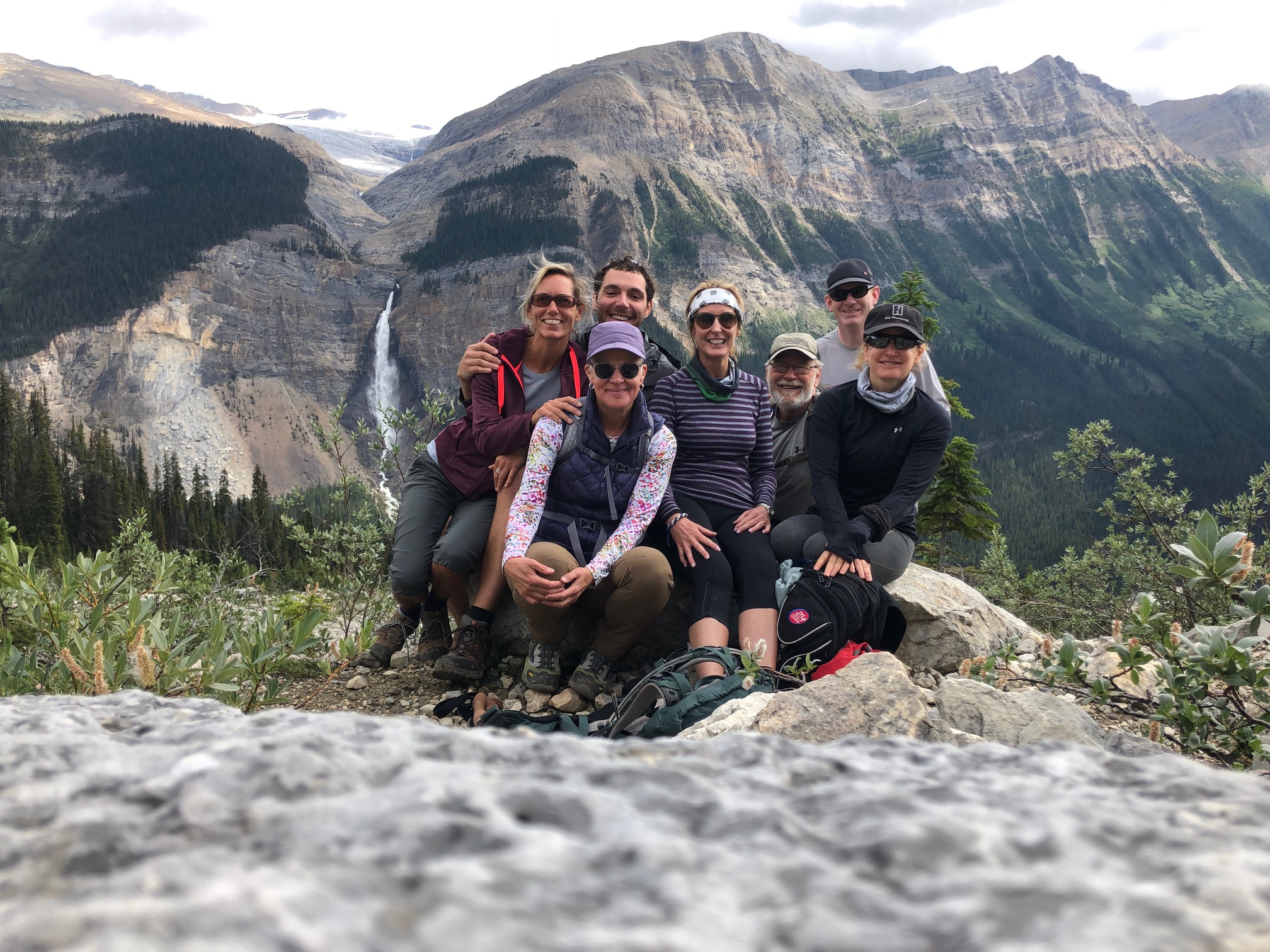



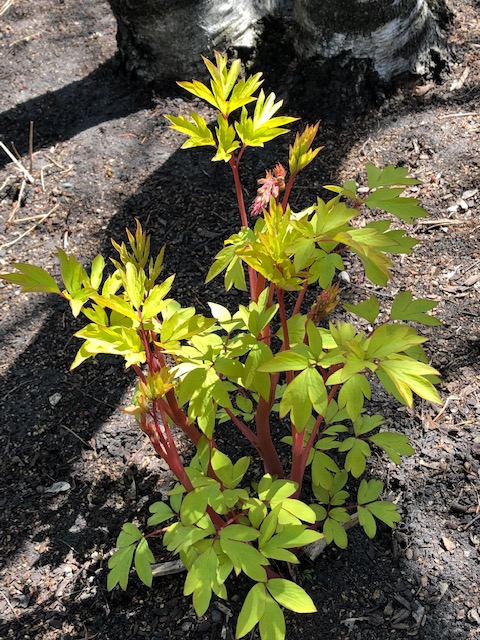
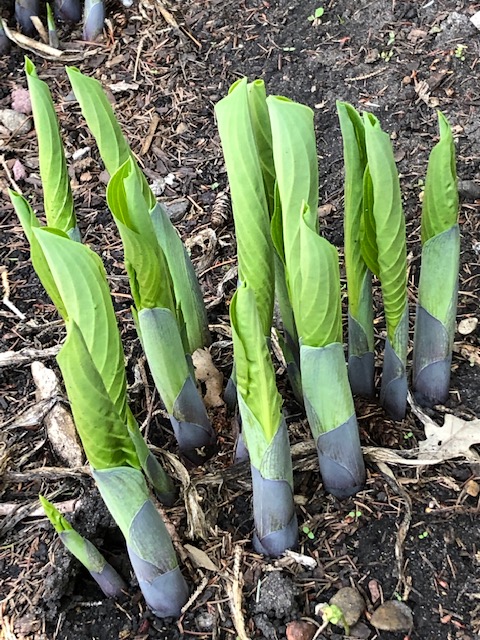






 When I shared my struggle in writing my final chapter, a friend suggested I look more closely at the endings of other memoirs I admire. What a good suggestion that was! Revisiting what we think we know nearly always yields something new.
When I shared my struggle in writing my final chapter, a friend suggested I look more closely at the endings of other memoirs I admire. What a good suggestion that was! Revisiting what we think we know nearly always yields something new. The most famous example is South Africa’s Truth and Reconciliation Commission following the end of apartheid. More than thirty nations have used this model during the past three decades. (Imagine what restorative justice we could achieve if our country had a commission that confronted slavery.)
The most famous example is South Africa’s Truth and Reconciliation Commission following the end of apartheid. More than thirty nations have used this model during the past three decades. (Imagine what restorative justice we could achieve if our country had a commission that confronted slavery.) Yep. You read that right. It was a bracing 45 downstairs, a crisp 50 upstairs. At least there wasn’t a windchill.
Yep. You read that right. It was a bracing 45 downstairs, a crisp 50 upstairs. At least there wasn’t a windchill.